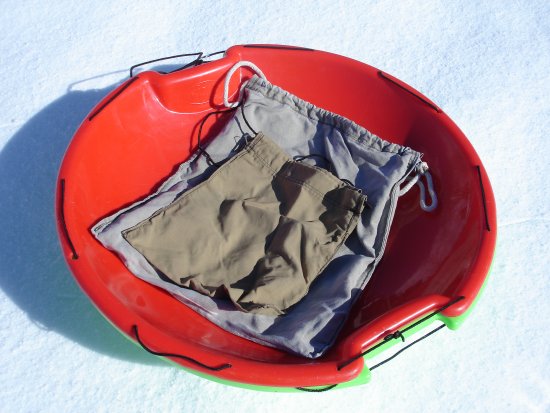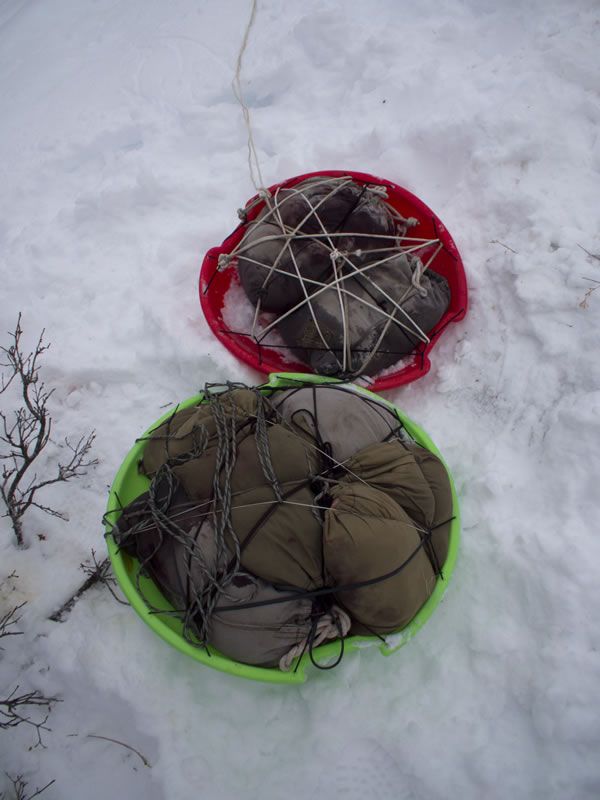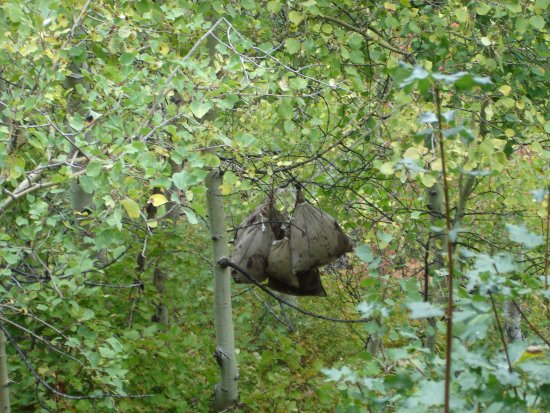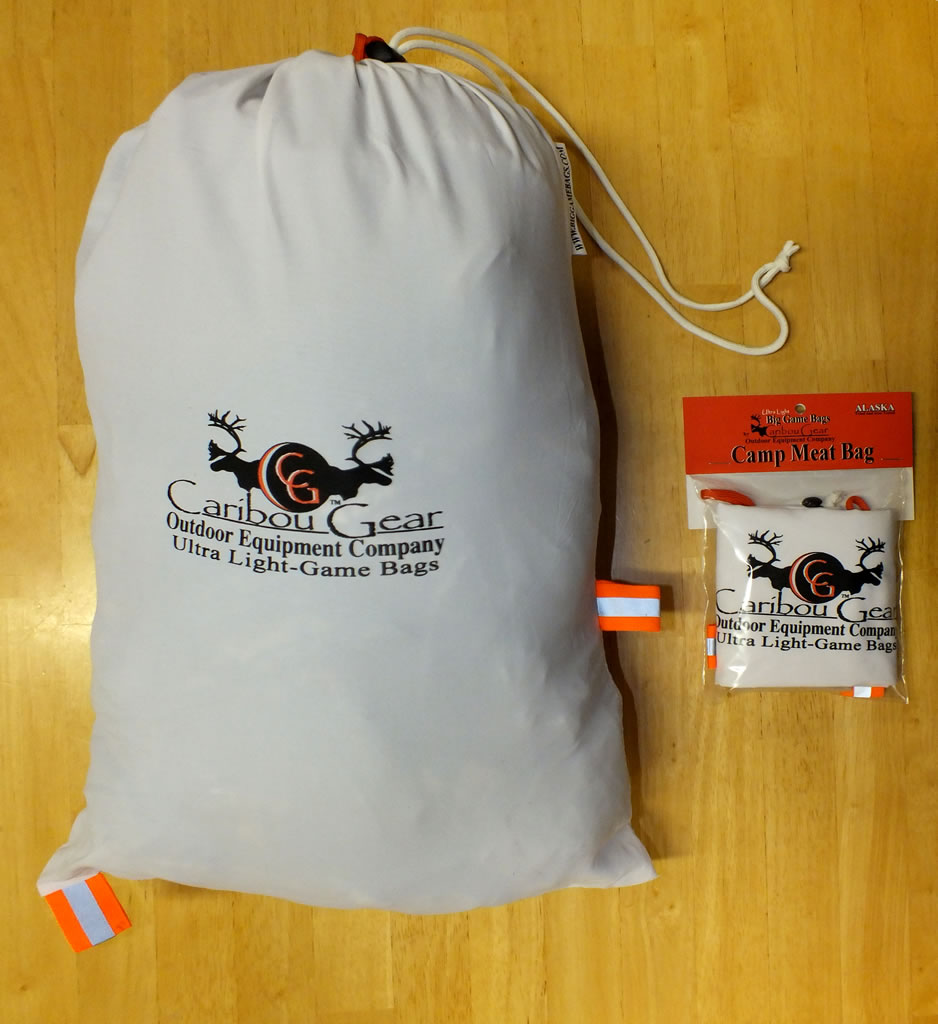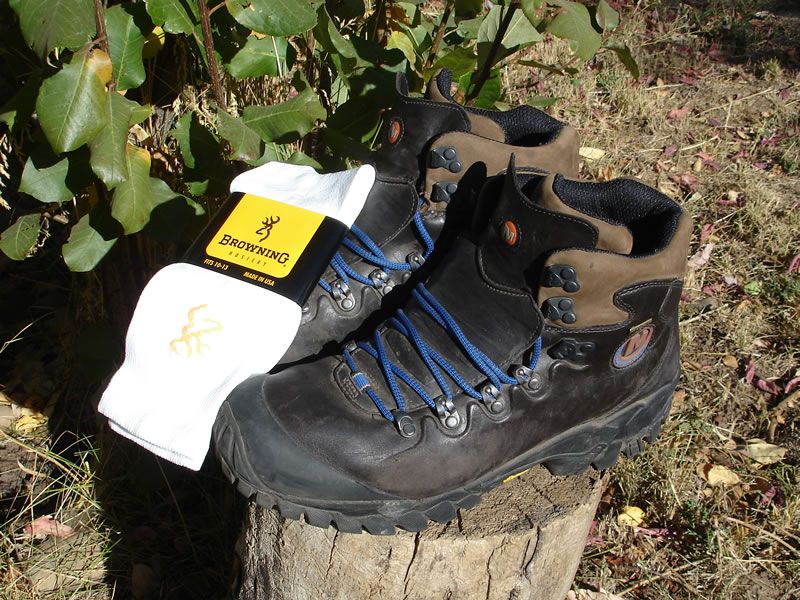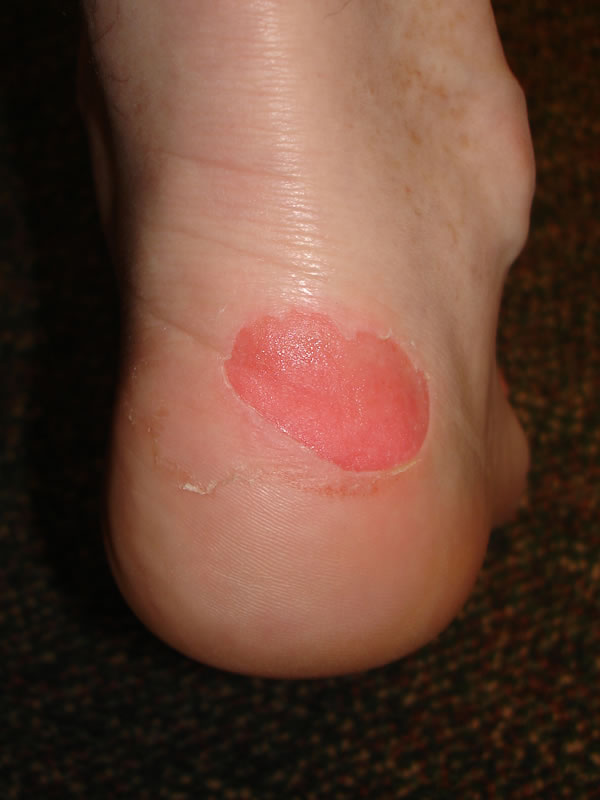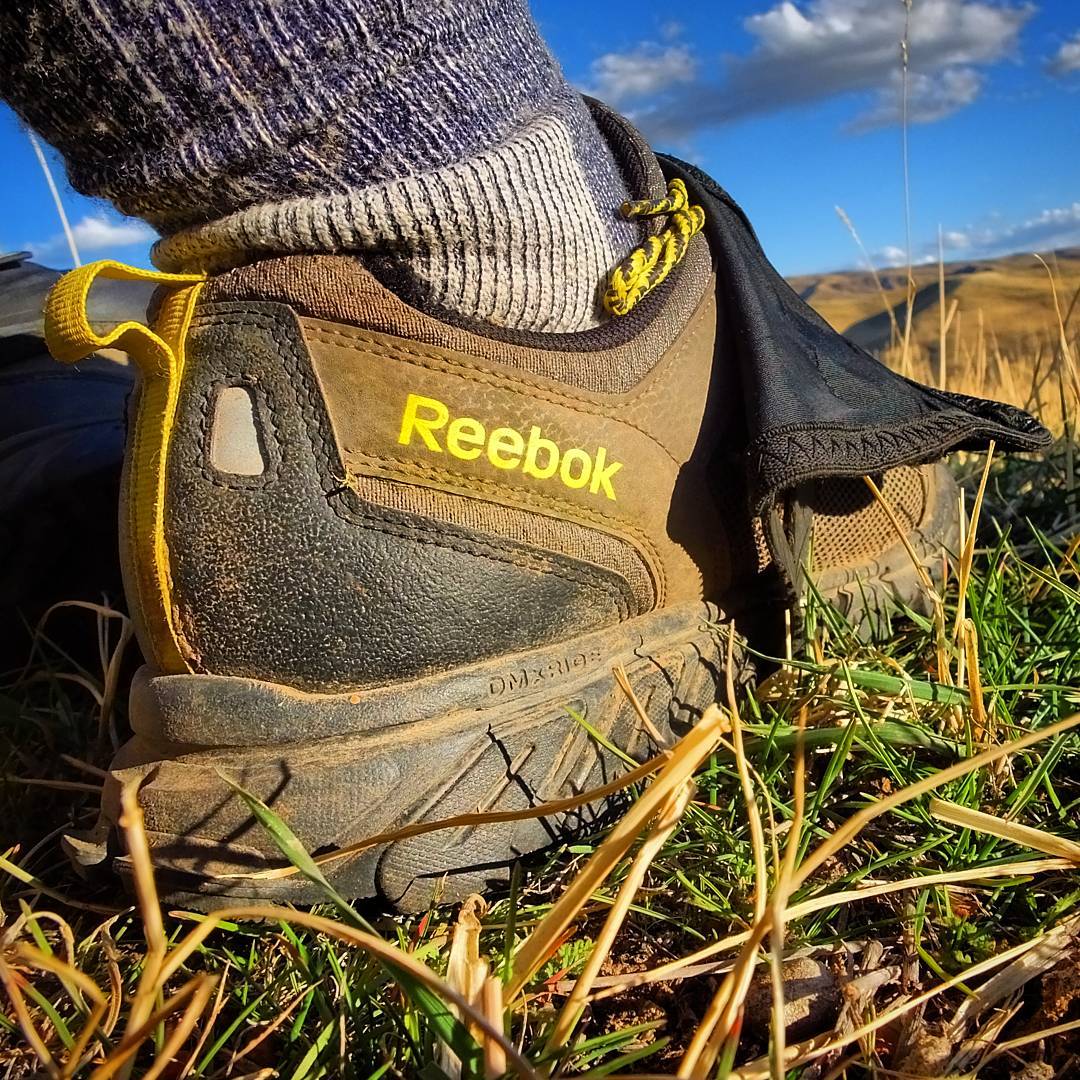- Details
- Written by: The DIY Hunter
- Category: Outdoor
- Hits: 4699
Here is the recipe I use to make deer jerky that also works great on elk as well. This is a my favorite flavor of jerky from a recipe passed down from my mother.
I like to double this recipe and do about 3 pounds of meat per batch. I start by freezing the meat then let it thaw until it is softened enough that I can slice it. I then slice the meat into about 1/4" thick slices. With the meat still mostly frozen it makes for slicing it evenly with a knife a lot easier. I also take out any fat that I see in the meat. I then marinate the meat in the sauce and place it in a fridge for a good twelve plus hours, mixing up the meat and sauce a couple of times or more to make sure all sides of the meat get plenty of exposure to the ingredients before placing the meat in a dehydrator.
I also have started using only half of the pepper that the recipe calls for. I think it tastes better with a little less pepper.
1/2 tsp garlic salt
1/2 tsp season salt(season all)
1 tsp onion powder
1 tsp black pepper
1 tsp salt
1 tsp ascent
2 TB liquid smoke
1/4 cup soy sauce
1/4 cup Worcestershire sauce
Mix all the ingredients together then with this marinate the sliced meat in a refrigerator for 12 hours.
Seasons about 1.5 lbs meat.
- Details
- Written by: The DIY Hunter
- Category: Outdoor
- Hits: 7031
A couple of modified saucer sleds and two sizes of meat bags. I like to have at least six large bags and two or three smaller bags per elk. I use smaller bags for the tenderloin and back straps.
Modified Saucer Sleds filled with Dallen's 2010 boned out cow elk ready to be hauled off the mountain.
As a youth hunting in the mountains of Utah, we would always gut our mule deer then drag the deer back to the road or hike out and get my father's homemade single-wheeled elk and deer cart. Dragging the deer was a horrible ordeal if you had to go very far and the fur and hide would wear right off the deer.
As I got older and started hunting crazier areas hauling entire deer out by dragging or my father's big game cart were just out of the question. At that point I started looking into big game bags and boning out my deer and elk. Since I started boning out mule deer and elk I haven't turned back. It takes a few hours to bone out a deer or elk but it is much easier to get them off the mountain.
Here is a five-point bull I took in September archery hunting. I have placed the boned out meat in my homemade heavy-duty canvas big game meat bags. I hung the meat in the shade of some quakes to cool the meat down in preparation to haul it out the next morning.
At the time I started looking for some commercial big game bags and wasn't happy with the selection available. I then decided to make some myself. I chose some heavy canvas material to make the big game bags from. I like the canvas because it is strong, durable and breathable. A concern I have with canvas is that it can mold easily if it remains wet and can't dry, like could happen if the bags and meat get rained on and remain wet for hours.
I also like the heavy-duty canvas big game bags because when my pack is full carrying as much as I can on my back, I can also carry one or two canvas bags in my hands and with the material being so rugged I don't have to worry about tearing the bags up going through brush etc getting off the mountain.
To make the bags I use canvas material and strong nylon thread. My large bags are about 16 inches wide by 18 inches tall and my small bags as about 11 inches wide by 13 inches tall. I double stitch the bags inside out to start then double stitch them again from the outside.
Each large bag holds roughly 40 pounds of meat when full and my smaller bags will get about 20 pounds in them when full.
I have used the bags many, many times over the years and have never had any trouble with them not being tough enough or ever had any meat spoil.
In 2011 at the Western Hunting Conservation Expo I found some new big game bags that I might have to try on some future hunts.
April 2012: The have been testing some different commercial game bags. One game bag I tried was HideAway's Boned-Out Meat Bags. These game bags are made of cotton canvas and are well constructed. The only problem I could find with them is that they are HUGE. At 20 x 30 inches in size they are just way too large, unless you only fill them about one third full.
I like meat bags that hold no more than around 35 pounds of boned out meat in a single bag. Game bags at sizes that hold no more than 35 lbs of meat are much easier for me to work with. This makes it much easier to hang the meat in a tree and load in a backpack. It is really hard to work with loading a backpack with large portions of the weight in any single bag.
Caribou Gear's Camp Meat game bag. This is my personal favorite of commercially made game bags for hauling meat out on my backpack.
The other game bags I have been testing out are some of Caribou Gear's big game bags. They are made of a special lightweight, breathable, synthetic material designed to be light, tough and help keep your meat from spoiling. I tried two different sizes of the bags, a "small" version and the Camp Meat size. The Camp Meat game bag is 12 x 20 inches in size making it a nice manageable size to work with boned out meat. These game bags should hold around 30 pounds of meat when full. I ordered the Camp Meat bags after I purchased the "small" deer game bag at Sportsman's Warehouse. Caribou Gear's bag that they market for boned out meat is the Carnivore meat bag at 24 x 21 inches... still a little too large for my liking.
The small size Caribou Gear game bag was all that Sportsman's Warehouse carried. After I opened the package and saw how large the bag was I realized "small" was not the small I was thinking of. This bag is 21 x 38 inches in size, again just way too large for boned out meat, but great for quarters of a mule deer or even a front shoulder of an elk. After further review of the packaging on this bag it states that it is for quartered out deer whereas the HideAway bag states that they are for "boned out meat."
From what I have seen on the market and what I have tried, the commercial boned out meat bags of my choice would be Caribou Gear's Camp Meat game bags.
- Details
- Written by: The DIY Hunter
- Category: Outdoor
- Hits: 4061
Last fall I bought a pair of expensive "hiking" boots for hunting. As with all my hiking boots I usually wear them around the office, off and on for a couple of weeks before I go on any extended hikes. This practice has always worked fine in getting whatever pair of boots I was going to be hunting/hiking with ready. I took this particular pair of boots on a couple of different hikes and hunts and could not keep my heels from slipping and creating friction and blisters on the back of my heels when I climbed steep terrain.
I have never had any problem like this before so I started researching the problem and the solutions. Here are some of the things I learned to keep my feet happy and going up the mountains.
First: Getting a boot that fits your foot is a key factor in keeping blisters off the heels. I have a narrow foot and if there is too much movement in my boot, blisters are going to happen. In my case I bought a different pair of boots that fit better. I ended up trying on a couple of different high-end hiking and hunting boots. And when trying them on I walked up some stairs to see if my heels slipped against the back of the boots.
One of my nasty blisters or what's left of a blister after a three or so mile hike this summer with the scout troop... I learned my lesson after this hike, that's for sure.
You might ask "why would you let a blister get this bad?" Well, it was such a short easy hike on an improved trail, with the scouts, so I didn't come fully prepared to doctor my heels nor did I want to look like a sissy in front of the boys.
Second: I now wear polypropylene liner socks against my feet. These socks wick moisture away from my feet and stay snug on my feet, like pantyhose. With the thin liner socks snug against my feet, I then wear a pair of wool or wool blend socks on top of the liner socks. By wearing this two sock combo if there are any movement and friction in my boot the friction is between the slick liner socks and my wool socks. If I only have a pair of wool socks on, the friction would be between my skin and the wool socks. After so long that friction is going to turn into blisters that can ruin a hunt real quick.
Third: I like to tie a surgeons knot before I start lacing the upper half of my boots. This helps hold my foot down and keep my heel in place.
The problem pair of hiking boots I used this past summer where taller, I think 8" tall. I have gone back to the shorter standard height of hiking boot. In particular, I am using the Merrell Perimeter hiking boots. With my style of hunting, I am finding that the taller boots are just more difficult to keep my heel secure and from slipping around in the boot. I also like the comfort and lighter weights of the standard height hiking boots. Of course, the major drawback to the shorter height of boots is in the snow and water. When I have to hunt in the snow I will just wear a pair of gators around my boots and I'll also try really hard not to fall into creeks.
As an extra precaution, I am now also packing some Molefoam padding that I can cut to place on or around hot spots on my feet. And I carry some white athletic tape that I can use to tape-up and protect problem areas on my feet if any should arise.
2014 UPDATE: I have seen the light. Forget about boots - go with trail running shoes.
Around 2014 I tried hunting with trail running shoes. Oh, how I absolutely love hiking and hunting in trail running shoes. My feet are so much more comfortable now. I now rarely put boots on anymore unless there is snow or really bad weather. And I never get blisters, never not to mention I can hike so much farther with little if any foot fatigue.

